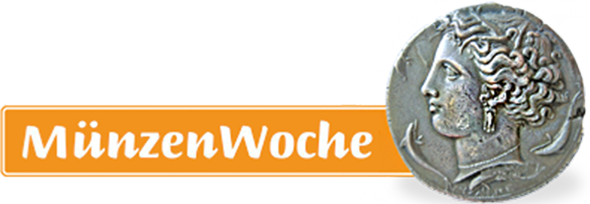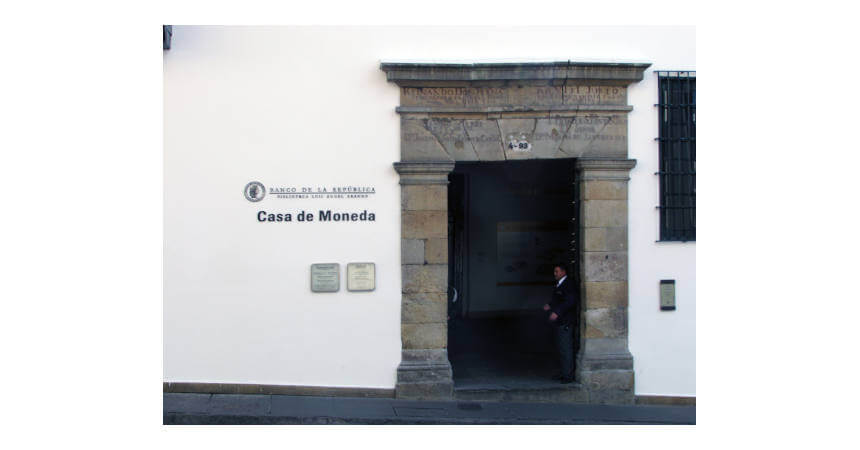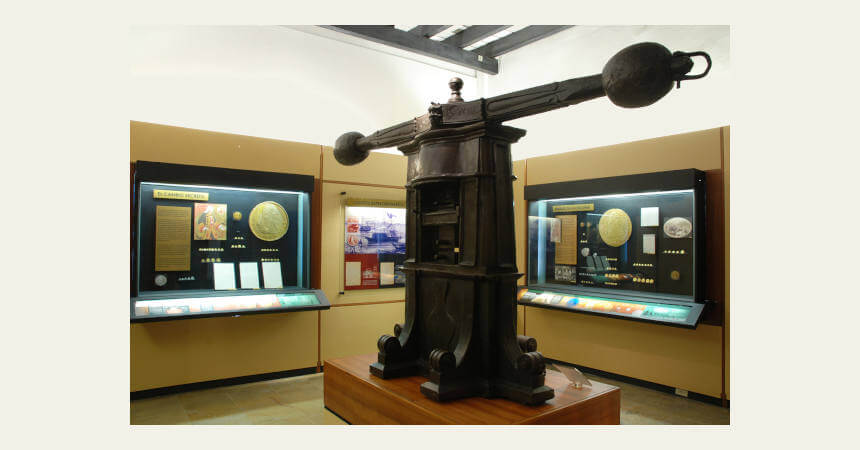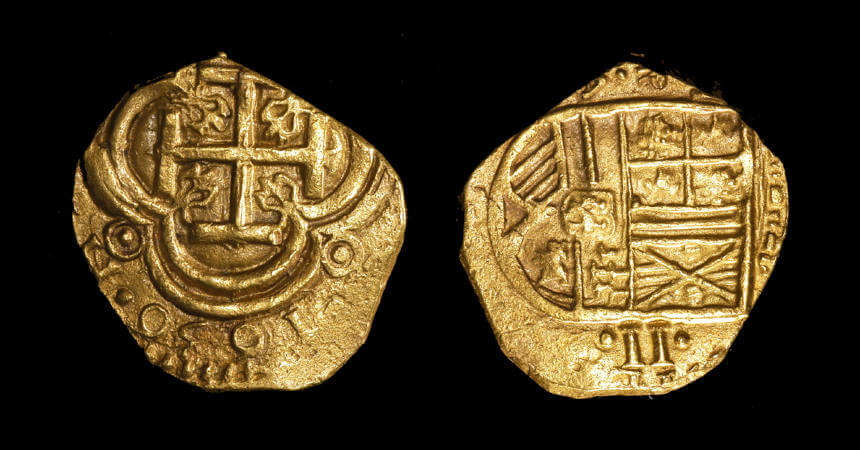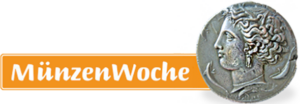Banco de la República Colombia
Wenn es kein Logo gibt, wird diese Spalte einfach leer gelassen. Das Bild oben bitte löschen.
(Dieser Text wird nicht dargestellt.)
The Numismatic Collection of the Banco de la República opened in December 1996 in the colonial cloister of the mint of Bogota. The Mint was originally established by Spain’s Philip III and began operations in 1621. In the mid-18th century, the Spanish Crown ordered the extension of the building, and the second floor was added for the needs of the mechanized production of coins. José Solís y Folch de Cardona, Viceroy of New Grenada, reopened the Mint in 1756, as is noted on the stone frieze of the Museum’s entrance. During the 19th and most of the 20th century, the Mint struck the national coins until 1985, when the Banco de la República moved the work of coinage to a modern factory.
The collection includes over 15,500 pieces including coins and medals minted during the colonial period; Independence and Republican tickets; the 19th and early 20th centuries; foreign debt bonds and domestic stocks and other securities; and machinery and tools used in the process of coinage and banknote production. The exhibition is spread over 10 rooms on two floors with the displays in both Spanish and English.
The exhibition begins on the ground floor to illustrate the processes of monetary exchange of the Aborigines in pre-Colombian times, who inhabited the present territory of Colombia, using precious metals such as gold and other items such as salt, gemstones, stone, and ceramics.
The exhibition continues with the presentation of the most relevant aspects of the history of the 16th, 17th, and 18th centuries when Colombia was ruled by Spain. On display are important numismatic rarities struck at Santafé during the 17th, and 18th centuries. These were the macuquina de oro, known as cobs—exhibited specimens on display which were the first gold coins minted in the Americas.
The exhibition also includes examples of coins having a milled edge, made with the new machines sent by Spain in the mid-18th century. Matrices for coin designs, minting machines, models that illustrate the architectural changes that were submitted to the Mint, and the history of major political and economic events that marked the era of Spanish domination are also on display.
In the last gallery on the ground floor, visitors will find a large engine room which explains the various steps in the production of coins and seven original machines on display, dating from the 19th and mid-20th centuries. One of the major attractions of the Museum is the live demonstration of the process of exchange, medals which are minted in the presence of the visitors and awarded as souvenirs for playing games.
On the second floor, silver coins are displayed that were minted during and after the period of independence from Spain. Shown are the most representative examples of the 19th-century coins, including many designs made by the Republican governments.
On display are examples of the introduction of paper money, the creation of private banks, the economic and political events that led to the creation of a central bank, the development of industry in Colombia and finally, the history of the Banco de la República since its founding in 1932 to the present as regulator of monetary policy.
This text was written by Howard M. Berlin and first published in his book Numismatourist in 2014.
You can order his numismatic guidebook at Amazon.
Howard M. Berlin has his own website.





